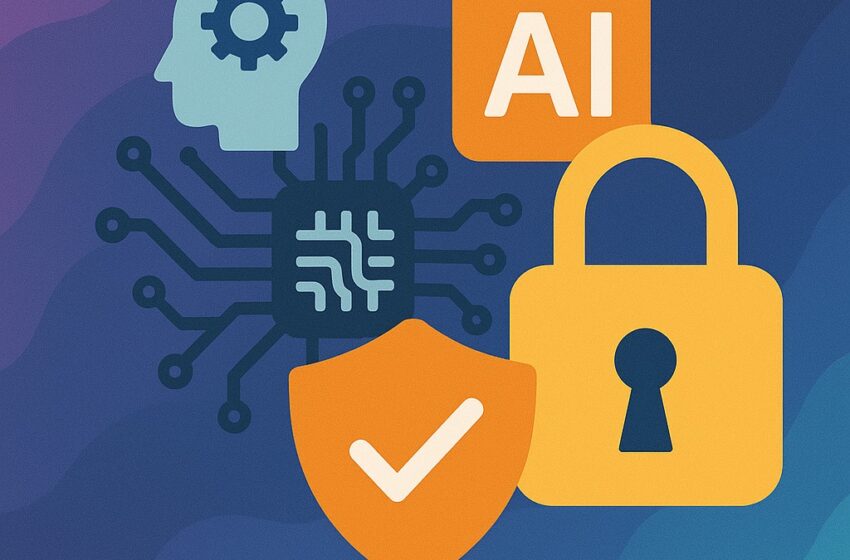A recent IT industry report highlights a growing challenge for organizations: the increasing complexity of security tools, evolving technological requirements, and fragmented ecosystems of legacy and modern systems. Together, these factors have significantly widened the cybersecurity attack surface — pushing defenses beyond the limits of traditional, manual approaches.
The modern digital landscape demands more than human effort. It calls for the speed, scale, and intelligence of Artificial Intelligence (AI) and Machine Learning (ML).
Why Enterprises Need AI and ML in Cybersecurity
The COVID-19 pandemic accelerated digital transformation across industries. While this shift ensured business continuity, it also created new opportunities for cybercriminals.
The data is alarming:
- 81% of global organizations reported increased cyber threats during the pandemic.
- 79% experienced downtime due to security incidents during peak business seasons.
- Google blocked over 18 million COVID-related phishing scams every day.
- Ransomware payments surged by 60% in just one quarter.
- Cybercrime complaints grew by up to 400%.
These statistics underscore a hard truth — it’s no longer a question of if an organization will face an attack, but when. As cyber threats become more sophisticated and the attack surface continues to expand, enterprises must leverage AI and ML to anticipate, detect, and respond to threats in real time.
Why CISOs Are Turning to AI and ML Over Manual Efforts
According to a recent survey, 93% of IT executives are already using or actively exploring AI/ML solutions to strengthen their cybersecurity posture. Here’s why:
1. Bridging the Talent Gap
The (ISC)² Cybersecurity Workforce Study 2022 reported a global shortage of 3.4 million cybersecurity professionals. Even as hiring improves, real-time threat detection and predictive analysis require capabilities that only AI/ML can deliver at scale.
2. Enhanced Visibility Across the Digital Ecosystem
AI-driven analytics allow organizations to gain complete visibility into vast digital infrastructures — spanning devices, users, and applications. This holistic view is vital in detecting anomalies and potential breaches before they escalate.
3. Increased Efficiency and Reduced Burnout
Cybersecurity teams often face alert fatigue and burnout from constant firefighting. AI and ML automate repetitive tasks, such as monitoring, alert triage, and threat detection, freeing teams to focus on high-value strategic initiatives.
Key AI/ML Use Cases in Modern Cybersecurity
1. Endpoint Discovery and Asset Management
With enterprises investing over $13 billion in Endpoint Protection Platforms (EPP) in 2021 — a number expected to double by 2025 — AI/ML is critical for maintaining visibility and control over distributed endpoints.
AI models can analyze user behavior, location, and network activity to detect unusual patterns, automatically adjusting risk scores and blocking potential threats before they infiltrate the system.
2. Vulnerability and Patch Management
Manual patching is a significant challenge — 71% of IT professionals find it complex and time-consuming. AI and ML can automatically identify, prioritize, and patch vulnerable endpoints based on real-time risk analysis, drastically reducing the window of exposure and human effort involved.
3. Access and Identity Management
AI/ML enhances Identity and Access Management (IAM) by continuously analyzing user behavior, device usage, and location. This ensures that even after authentication, any anomalous activity is immediately detected and addressed.
AI-driven IAM enables Zero Trust Security, dynamically adapting access policies and maintaining continuous verification without disrupting user experience.
4. Threat Simulation and Testing
AI-powered threat simulators mimic real-world cyberattacks within controlled environments to assess an organization’s security resilience. These simulations help identify vulnerabilities, test defenses, and highlight skills gaps within security teams — all without disrupting live systems.
5. Intelligent Identity Management in Hybrid Work
With the rise of hybrid and remote work, managing digital identities across multiple devices and networks has become increasingly complex. AI automates identity verification, creates behavior-based user profiles, and enforces adaptive access controls — bolstering security while supporting operational flexibility.
Zero Trust Security Powered by AI/ML
The Zero Trust model — built on the principle of “never trust, always verify” — has become the cornerstone of modern cybersecurity strategies. AI and ML enhance Zero Trust by continuously analyzing network telemetry data, identifying suspicious behavior, and responding instantly to threats.
As organizations adopt cloud, IoT, and remote technologies, the attack surface continues to grow. Traditional human-led monitoring simply can’t keep up with the volume and velocity of modern threats. AI and ML bridge this gap by delivering intelligent automation, predictive analytics, and real-time response — transforming cybersecurity from reactive to proactive.
The Future Is Intelligent Security
Technology, while a driver of innovation, also opens new avenues for cyber risk. To stay secure, organizations must adopt AI and ML not just as tools but as integral elements of their cybersecurity strategy.
These technologies are no longer industry buzzwords — they are business imperatives that enable resilience, efficiency, and foresight.
If you’re ready to strengthen your cybersecurity framework or future-proof your organization against evolving threats, our team of AI/ML security experts can help design and implement a solution tailored to your business needs.




